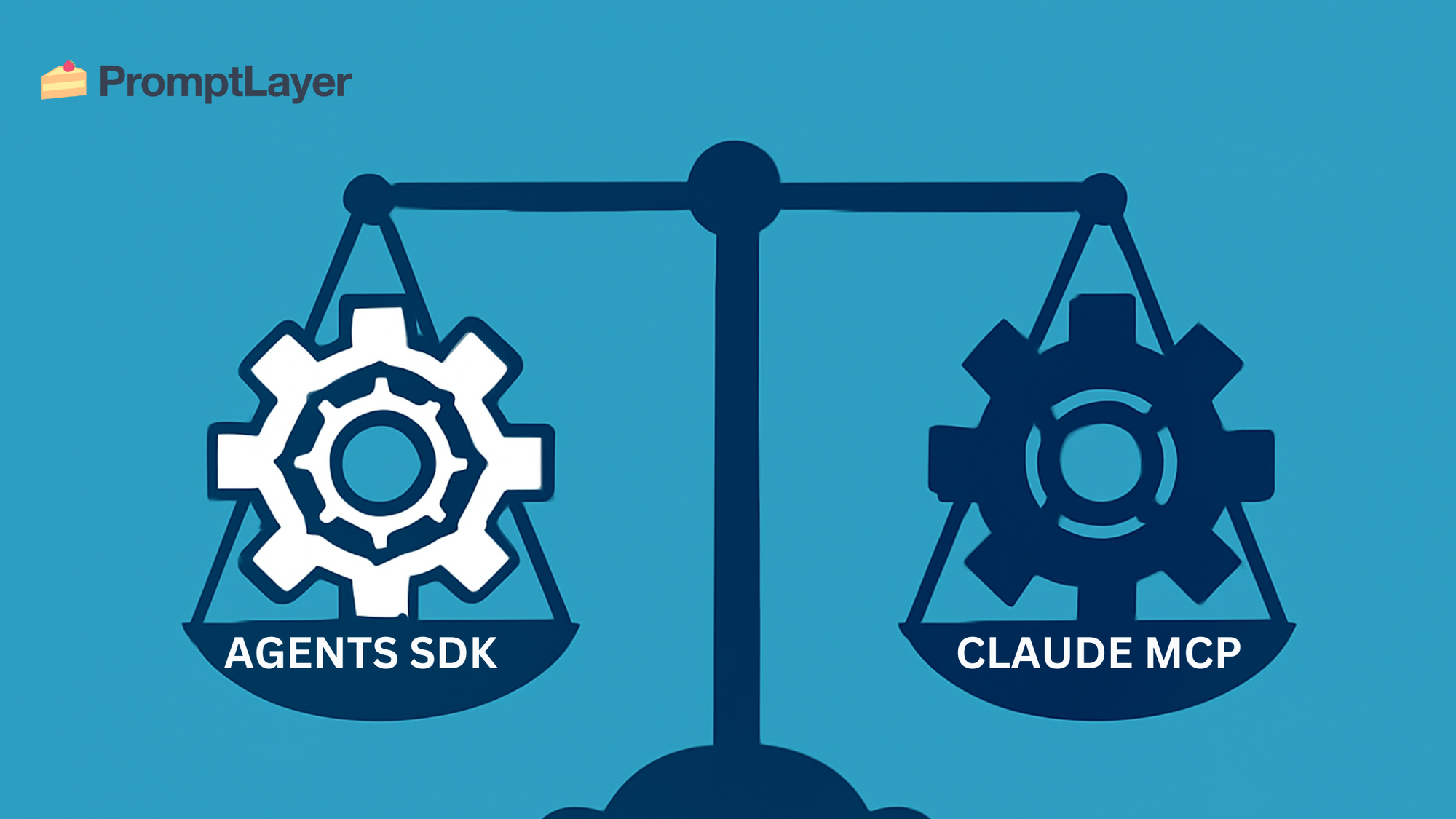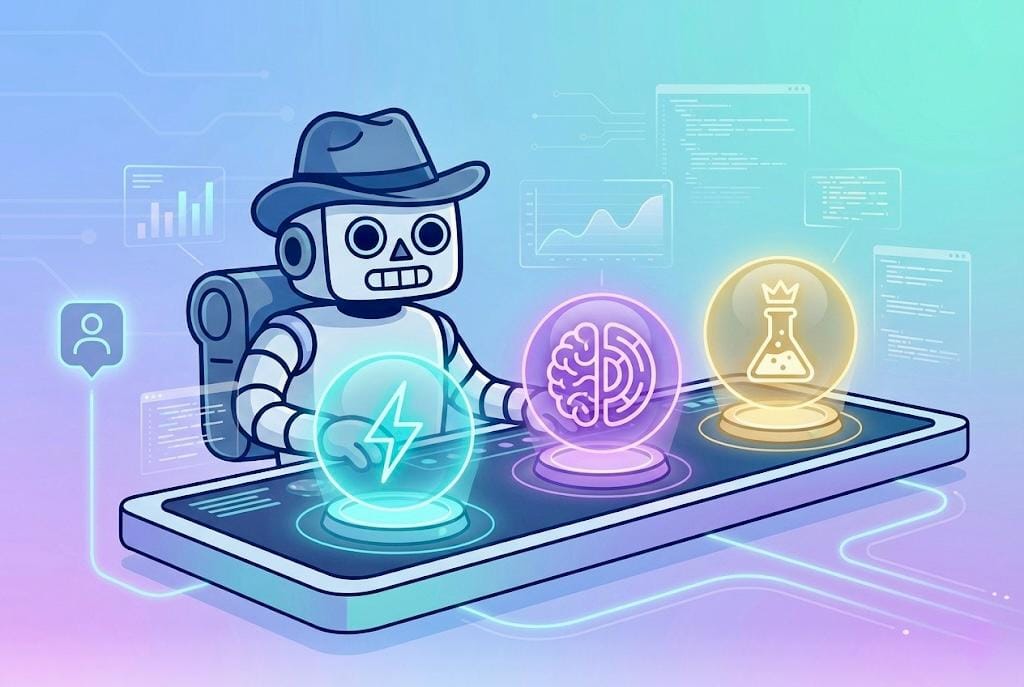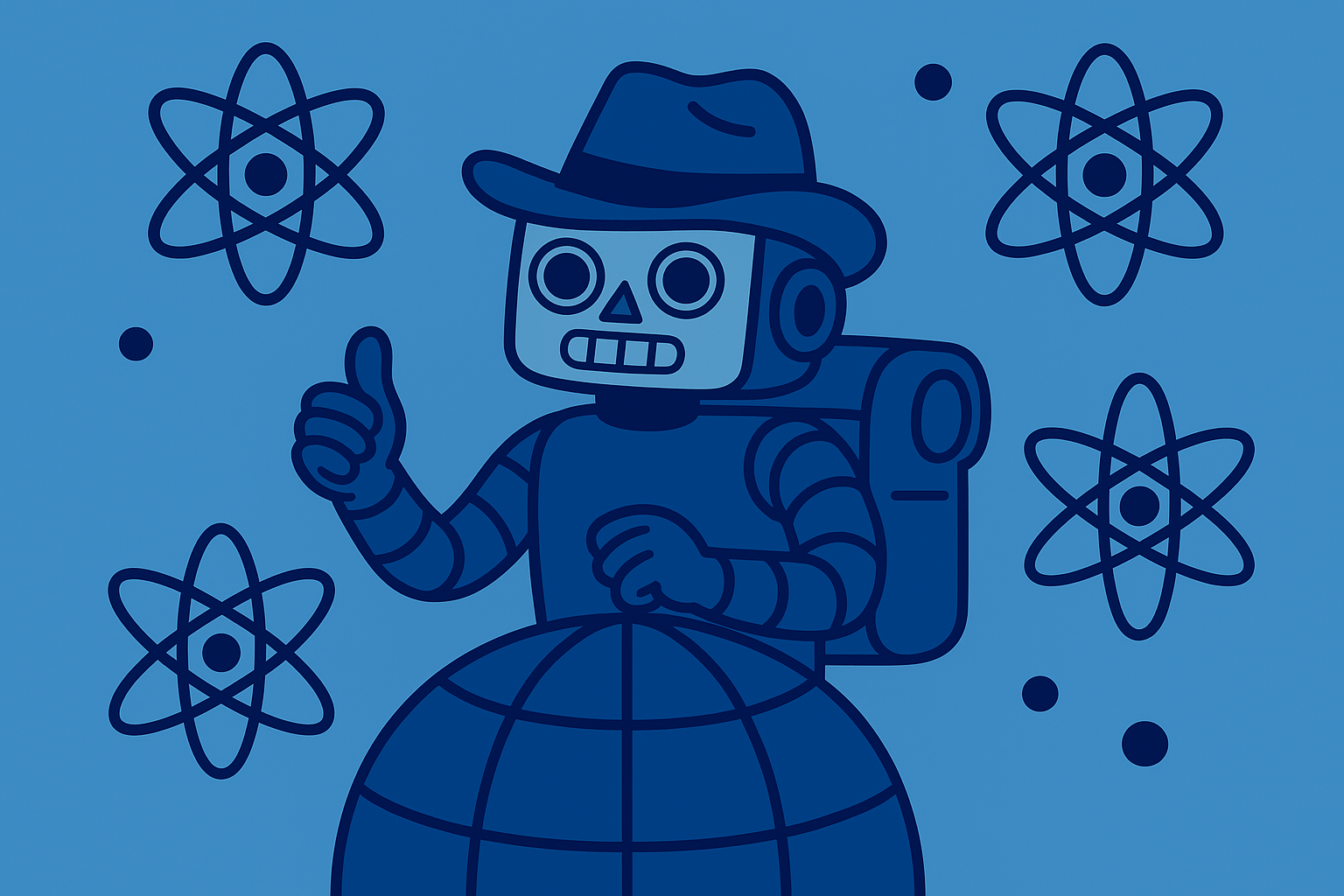OpenAI Agents SDK vs MCP: In-Depth Comparison of Features, Usability, and Best Use Cases

Developers today have access to powerful frameworks that make building, managing, and connecting AI agents more accessible than ever. This article offers a comprehensive look at the differences between OpenAI Agents SDK and Anthropic’s Model Context Protocol (MCP), helping you decide which toolkit best fits your needs.
OpenAI Agents SDK is a Python-first framework for building and orchestrating autonomous agents tightly integrated with OpenAI’s ecosystem, whereas MCP is a vendor-agnostic JSON-RPC protocol for interoperable connections between AI models and diverse external tools and data sources.
Both solutions offer unique strengths and approaches, but understanding their core features and ideal scenarios is essential.
Looking to enhance your prompt engineering and LLM deployment?
PromptLayer is designed to streamline prompt management, collaboration, and evaluation. It offers:
Prompt Versioning and Tracking: Easily manage and iterate on your prompts with version control.
In-Depth Performance Monitoring and Cost Analysis: Gain insights into prompt effectiveness and system behavior.
Error Detection and Debugging: Quickly identify and resolve issues in your LLM interactions.
Seamless Integration with Tools: Enhance your existing workflows with robust integrations.
Manage and monitor prompts with your entire team.
Understanding OpenAI Agents SDK
OpenAI’s Agents SDK, released in March 2025, provides a Python-first framework for building autonomous AI agents within the OpenAI ecosystem. It emphasizes minimal abstraction, enabling developers to configure agents, wrap Python functions as tools, and orchestrate multi-agent workflows with built-in safety guardrails and observability.
Core Concepts
- Configurable Agents: Define agents with specific instructions, tools, and behaviors.
- Tool Wrapping: Convert Python functions into callable tools for agents.
- Task Delegation: Chain or hand off tasks between agents to maintain seamless workflows.
- Safety and Monitoring: Built-in guardrails for responsible outputs and tracing/logging features for oversight.
Tip: When setting up an agent, use clear naming and concise instructions to avoid confusion in multi-agent scenarios. Keep each tool focused on a single responsibility to limit unexpected behaviors.
Integration Style
- API Connection: Direct use of OpenAI’s Responses API, with minimal extra layers.
- Pre-built Tools: Includes common utilities like web search and file access, reducing setup overhead.
- Developer Workflow: Prioritizes speed from prototype to deployment, especially if you’re already in the OpenAI environment.
Warning: Be mindful of token limits when passing large context into the model. Use batching or summarization within tools to manage context size.
Exploring Anthropic’s Model Context Protocol (MCP)
Anthropic introduced MCP in late 2024 to address the need for AI interoperability. MCP defines a standardized JSON-RPC 2.0–based protocol for connecting AI models with external tools and data sources, enabling seamless compatibility across platforms and live context updates without retraining.
Core Concepts
- Standardized Integration: A common protocol layer for AI-to-tool communication.
- Client-Server Architecture: MCP servers expose methods (e.g., data fetchers); clients request context or operations.
- Live Context Updates: Ability to update or inject new data at runtime without modifying the model.
- Multi-language Support: JSON-RPC format makes it straightforward to implement clients/servers in various languages.
Warning: Exposing internal systems via a protocol requires careful authentication and access controls. Plan for least-privilege access and auditing from the start.
Integration Style
- Vendor-Agnostic: Works across different AI providers and external systems.
- Setup Complexity: Requires designing and deploying MCP servers or gateways for each data source or tool.
- Message Formats: Emphasis on clear JSON-RPC message structures, versioning, and schema negotiation to ensure compatibility.
Side-by-Side Comparison
Below is an enhanced comparison table with consistent phrasing and added dimensions (security, performance, monitoring, setup complexity, versioning). This helps readers quickly see major differences at a glance.
| Feature | OpenAI Agents SDK | MCP (Model Context Protocol) |
|---|---|---|
| Purpose | Build/manage AI agents within OpenAI | Standardize AI integration across systems |
| Integration | Deep, native OpenAI API connections | Vendor-agnostic JSON-RPC–based connectors |
| Customization | Python-first, modular tool definitions, guardrails | Flexible adapters for diverse data sources, schema-driven |
| Ecosystem Focus | OpenAI-centric | Broad industry adoption, multi-vendor |
| Security & Authentication | Uses OpenAI API keys; built-in guardrail settings for outputs | Requires explicit auth per data source; must implement access controls and encryption |
| Performance & Scalability | Overhead from API calls and multi-agent orchestration; caching and batching recommended | Server-side context serving—plan for horizontal scaling, caching layers, load balancing |
| Monitoring & Observability | Tracing of agent decisions, logs for tool usage | Needs external logging/tracing integration for RPC calls and context operations |
| Extensibility | Easy to wrap Python functions as tools | Write custom adapters/handlers in any supported language |
| Setup Complexity | Quick start in OpenAI environment; lower initial overhead | Requires designing and deploying MCP servers or gateways |
| Versioning & Compatibility | Version pinning of SDK; watch for breaking changes | Schema versioning for methods; backward compatibility planning |
Tip: If security or multi-vendor interoperability is a primary concern, pay special attention to the “Security & Authentication” and “Integration” rows when comparing.
FAQ / Common Pitfalls
- Q: How do I decide between SDK and MCP if my project might later need cross-vendor integration?
- If initial development is OpenAI-centric but future interoperability is likely, prototype with Agents SDK first, while designing abstractions so you can layer in MCP-based connectors later.
- Q: What are common mistakes when wrapping functions in the Agents SDK?
- Overly broad or complex tool definitions can lead to unpredictable agent behavior. Keep each tool focused on a single responsibility and handle exceptions within the tool implementation.
- Q: How to avoid versioning issues?
- Pin specific SDK or MCP client libraries in your project’s dependencies. Track changelogs for breaking changes and establish integration tests to catch protocol or API shifts early.
- Q: What if an MCP server becomes unavailable?
- Implement retry logic with exponential backoff. Provide fallback behavior within the agent or calling code, such as default values or user notifications.
- Q: How to monitor and debug multi-agent workflows?
- Enable structured logging/tracing for each agent decision and tool invocation. Correlate logs via request or session IDs so you can trace end-to-end flows.
- Q: Are there pitfalls around context size or timeouts?
- For Agents SDK: be mindful of token limits when passing large context to the model; batch or summarize context when possible. For MCP: ensure RPC timeouts are set appropriately, and chunk large data fetches.
Tip: Maintain a living FAQ in your project docs to capture issues as your team encounters them, helping onboard new developers quickly.
Glossary of Key Terms
- Agent Orchestration: Coordinating multiple AI agents so they can delegate tasks, share results, or operate in a pipeline.
- Tool Wrapper: A mechanism by which a function, API call, or action is exposed as a callable “tool” that an agent can invoke.
- Guardrail: Predefined constraints or checks to limit undesirable agent actions or outputs.
- JSON-RPC 2.0: A lightweight remote procedure call protocol encoded in JSON, specifying request and response formats, used by MCP for structured messaging.
- Context Window: The amount of input tokens (text or data) that an LLM can consider in a single request.
- Monitoring/Observability: Practices and tools for tracking the internal behavior of agents or protocol operations, including logging decisions, performance metrics, and errors.
- Schema Negotiation: The process by which a client determines which methods or data formats a server supports, important in MCP to ensure compatibility.
- Horizontal Scaling: Adding more instances (e.g., of an MCP server) to handle increased load, often coupled with load balancing.
- Version Pinning: Fixing dependencies (SDKs, libraries) to specific versions to avoid unexpected breaking changes when upstream releases updates.
- Fallback Behavior: Predefined alternate actions or responses when a primary operation (e.g., an MCP context call) fails or times out.
Tip: Refer back to this glossary when writing documentation or explaining architecture diagrams, ensuring consistent terminology across your team.
Choosing the Right Toolkit
Projects rooted in the OpenAI ecosystem benefit from the Agents SDK’s pre-built tools and straightforward orchestration. This toolkit accelerates development and simplifies deployment for OpenAI-centric solutions.
For projects that require integration across multiple platforms or need to connect with a variety of tools and data sources, MCP stands out. Its standardized approach and industry-wide support make it a strong choice for scalable, interoperable systems.
Warning: If you anticipate strict security or compliance requirements for data access, evaluate both authentication models carefully and plan for access controls early.
Conclusion
Selecting between OpenAI Agents SDK and MCP depends on your project’s scope, existing ecosystem, and integration needs. By organizing the content with consistent headings, callouts, an enhanced comparison table, plus a practical FAQ and Glossary, this article should help readers quickly find answers, understand core differences, and avoid common pitfalls when choosing between these toolkits. Evaluate your priorities, prototype when possible, and refer to the FAQ/Glossary as you design your solution.
About PromptLayer
PromptLayer is a prompt management system that helps you iterate on prompts faster — further speeding up the development cycle! Use their prompt CMS to update a prompt, run evaluations, and deploy it to production in minutes. Check them out here. 🍰



